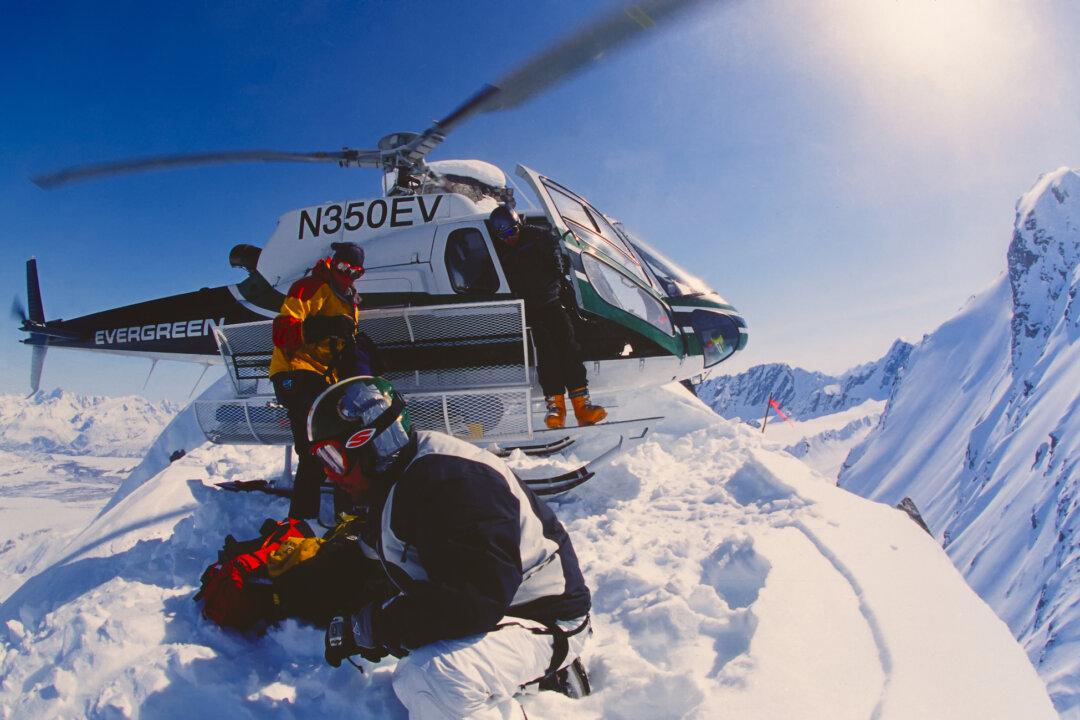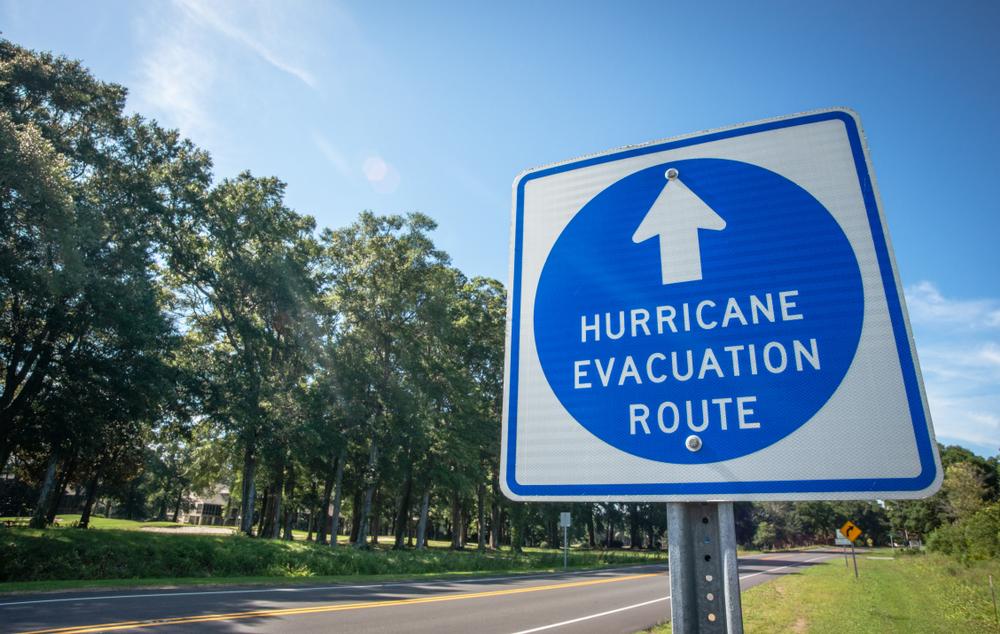Tired of long lift lines, crowded trails, and mediocre snow conditions? Perhaps heli-skiing is for you. Helicopter skiing offers the experienced skier exclusive access to the terrain beyond the ski lifts with steeper, longer runs with often pristine powder snow conditions. The requirements for heli-skiing include the helicopter, the pilot and guides, advanced skiing ability, a bit of bravery, money, and emergency rescue service protection.
Heli-skiing is off-trail, downhill skiing, or snowboarding without using a ski lift. It started in the 1950s when helicopters were first used by skiers to visit isolated areas in Alaska and Europe. Since then, heli-skiing has become widely available.

